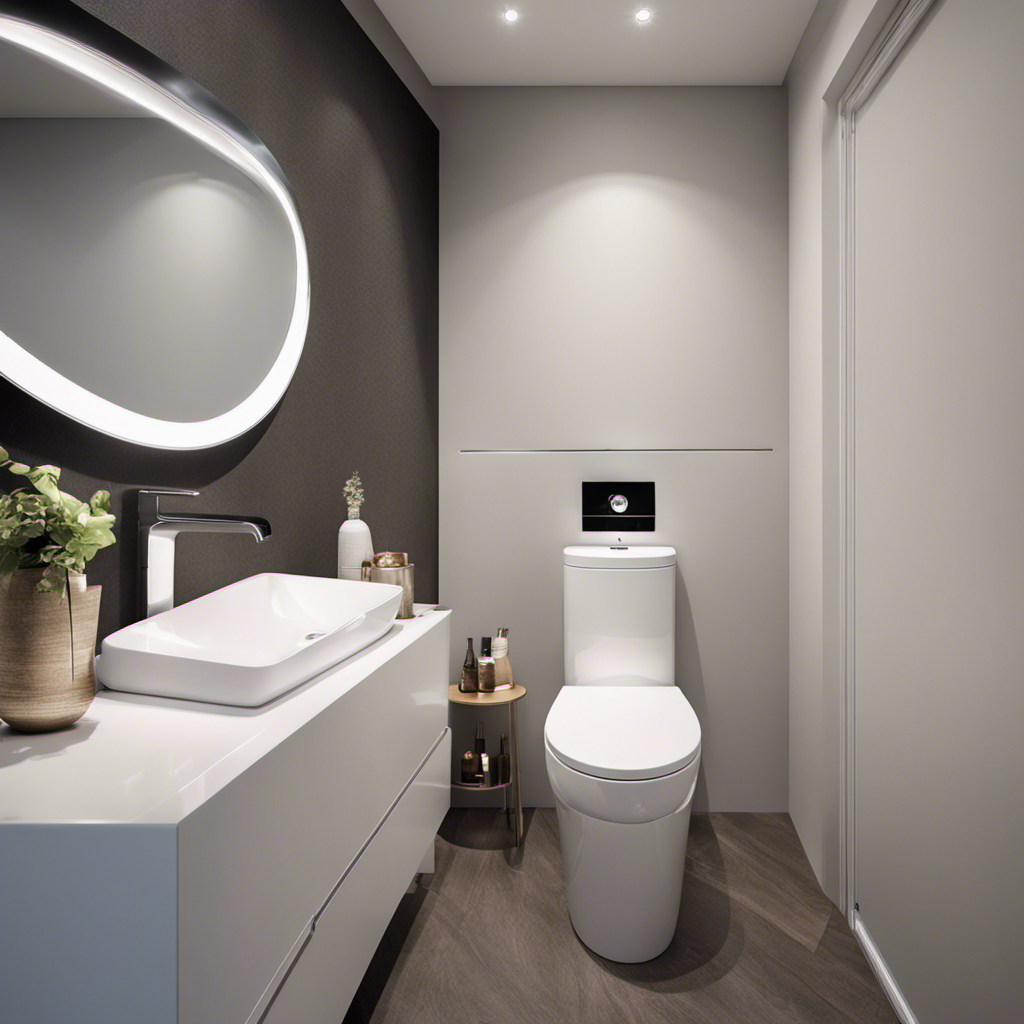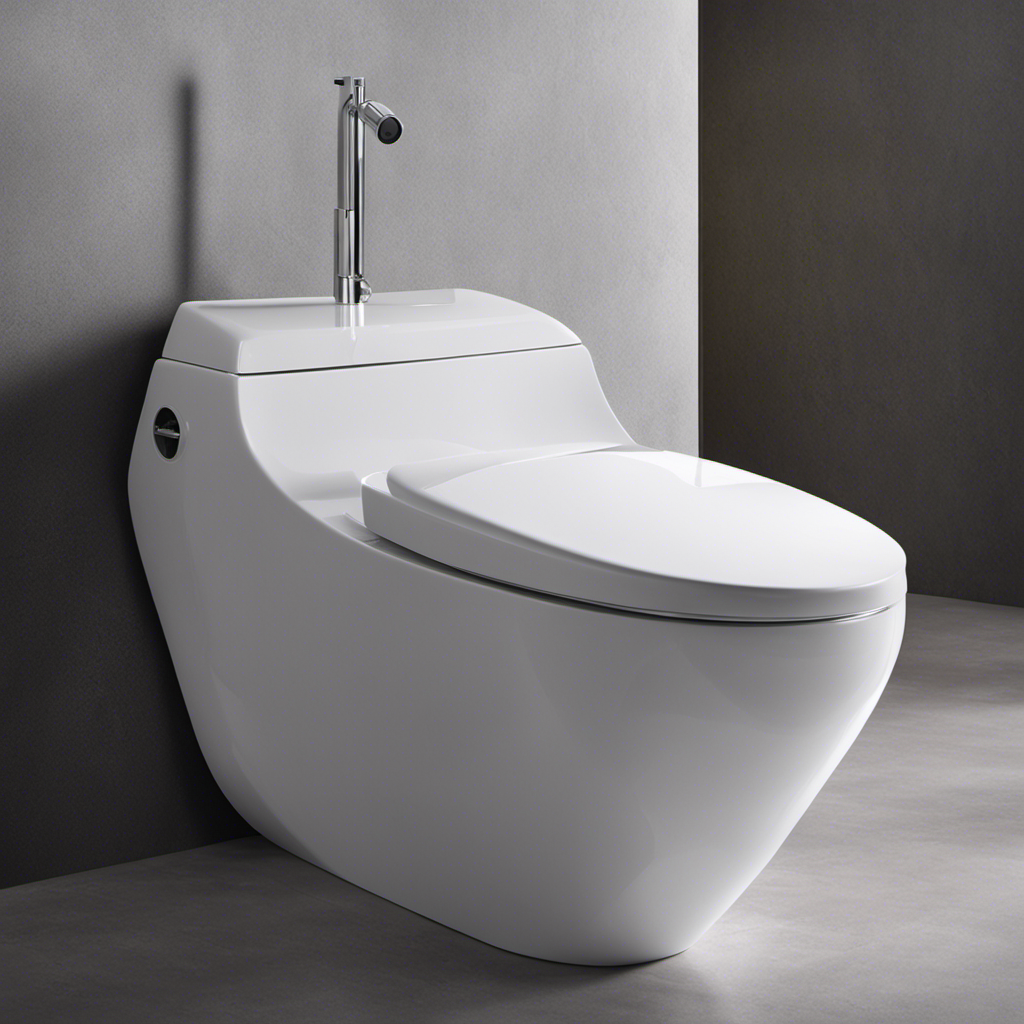Choosing the perfect bathroom tile size and spacers is a crucial step in creating a visually appealing and functional bathroom space. With the right tile size and spacers, you can achieve a balanced and professional finish that enhances the overall aesthetic.
Whether it’s selecting smaller tiles for shower floors or larger tiles for shower walls, the correct choice can make a significant impact. Understanding the different types of spacers and choosing the appropriate size based on desired grout width is also essential.
Get ready to transform your bathroom with these expert tips and recommendations.
Key Takeaways
- Different areas of the bathroom require different tile sizes for optimal aesthetic appeal and functionality.
- Bathroom tile spacers are essential for maintaining proper spacing between tiles and creating separation points and expansion joints.
- There are various types and sizes of bathroom tile spacers available, including X-shaped, T-shaped, and U-shaped spacers.
- Choosing the right tile size and spacers is important for achieving a visually appealing and professionally finished bathroom.
Importance of Tile Size and Spacers
Choosing the right tile size and spacers is crucial for achieving a visually appealing bathroom and maintaining consistent grout lines. Proper tile spacing ensures that the tiles are evenly placed, preventing any unevenness or misalignment.
One of the advantages of using tile spacers is that they help ensure equal distance between the tiles, creating a neat and professional finish. They also create separation points and expansion joints, allowing for the natural movement and expansion of the tiles.
To ensure proper tile spacing, it is important to choose the right size of spacers. The size of the spacers depends on the desired grout width, which in turn depends on the size of the tiles.
Recommendations for Shower Tiles
When selecting tiles for the shower, it is recommended to use smaller tiles for the shower floor to allow for gentle contours and better grip. This not only enhances safety but also adds a visually appealing element to the overall shower design.
One popular choice for shower floors is mosaic tiles, which offer several advantages. Here are some tips for creating a visually appealing shower design:
-
Use mosaic tiles: Mosaic tiles come in various colors and patterns, allowing for endless design possibilities. They create a beautiful, intricate look that can elevate the aesthetic of any shower.
-
Experiment with patterns: Consider using different patterns and layouts with the mosaic tiles to create a unique and eye-catching design. From herringbone to chevron, the options are limitless.
-
Coordinate with other elements: To create a cohesive look, coordinate the colors and patterns of the mosaic tiles with other elements in the shower, such as the wall tiles, fixtures, and accessories.
Choosing Tiles for Bathroom Walls
To ensure a visually appealing bathroom wall, it is important to consider the recommended tile sizes and spacers.
When choosing tiles for bathroom walls, there are various factors to consider, such as the overall aesthetic, budget, and the pros and cons of different tile materials. Ceramic and porcelain tiles are popular options for their durability and versatility. They come in a range of sizes, allowing for creativity in design.
Larger tiles, like 12×24 inches or subway tiles, can create a clean and modern look. On the other hand, smaller tiles, like 4×4 inches or mosaic tiles, can add texture and visual interest. Additionally, these smaller tiles can be more budget-friendly and easier to install.
When it comes to spacers, they are essential for maintaining proper spacing between tiles, ensuring consistent grout lines and a professional finish.
Selecting Tiles for the Bathroom Floor
Larger tiles provide a visually appealing and easier-to-clean surface for the bathroom floor. When it comes to selecting tiles for the bathroom floor, there are several considerations to keep in mind.
Here are a few advantages of mosaic tiles and important considerations for tile installation:
-
Advantages of mosaic tiles:
-
Superior grip: Mosaic tiles offer better traction, making them ideal for bathroom floors where slip-resistance is crucial.
-
Versatile design options: Mosaic tiles come in a wide range of colors, patterns, and materials, allowing for endless design possibilities.
-
Easy to install: Mosaic tiles are relatively easy to install, even for DIY enthusiasts, thanks to their smaller size and flexibility.
-
Considerations for tile installation:
-
Proper subfloor preparation: Before installing mosaic tiles, it is important to ensure the subfloor is clean, level, and free from any moisture or damage.
-
Adequate spacing and grout lines: Proper spacing between tiles and grout lines is essential to allow for expansion and contraction and to ensure a professional finish.
-
Quality of grout and sealant: Choosing high-quality grout and sealant will help prevent water damage and maintain the longevity of the tile installation.
Understanding Different Types of Tile Spacers
X-shaped, T-shaped, and U-shaped are the different types of tile spacers used for maintaining proper spacing between tiles in the bathroom. These spacers play a crucial role in ensuring that the tiles are evenly spaced and aligned, resulting in a professional and visually appealing finish.
Using tile spacers provides several benefits. First, they help create uniform grout lines, giving the bathroom a polished look. Second, spacers aid in preventing tiles from shifting or moving during installation, ensuring long-lasting durability. Lastly, they assist in accommodating expansion and contraction of the tiles, reducing the risk of cracks or damage over time.
While using tile spacers is beneficial, there are common mistakes to avoid. One mistake is not using spacers at all, which can lead to uneven spacing and a less professional appearance. Additionally, using spacers that are too small or too large for the tile size can result in improper spacing or difficulty in removing them after installation.
To choose the appropriate tile spacers, it is essential to consider the size of the tiles and the desired grout width. Consulting with professionals or tile experts can help in making the right selection. By using the correct tile spacers and avoiding common mistakes, homeowners can achieve a beautifully tiled bathroom that is both functional and visually appealing.
Choosing the Right Size for Tile Spacers
The appropriate size for tile spacers depends on the desired grout width and the size of the tiles. The use of tile spacers is crucial for achieving a professional and polished look in any tiling project. Here are some key points to consider when choosing the right size for tile spacers:
-
Tile spacer materials: Tile spacers are available in various materials such as ceramic, wood, or plastic. Each material offers different levels of durability and ease of use.
-
Benefits of large format tiles: Large format tiles have gained popularity in recent years due to their sleek and modern appearance. They can create a seamless and spacious look in a bathroom, making it appear larger and more luxurious. Additionally, large format tiles require fewer grout lines, resulting in easier maintenance and cleaning.
-
Grout width options: The size of the tiles will determine the recommended grout width. Smaller tiles may require narrower grout lines, while larger tiles can accommodate wider grout lines for a bolder look. It is important to consider the desired aesthetic and functionality when choosing the grout width.
Grout Width Options for Different Tile Sizes
When it comes to choosing the perfect bathroom tile size and spacers, the grout width options for different tile sizes play a crucial role.
One option to consider is thin grout lines, which can create a sleek and modern look. The pros of thin grout lines include a more seamless appearance and less visible dirt and grime. However, there are also cons to consider, such as the increased difficulty in cleaning and the potential for grout cracking over time.
On the other hand, using mosaic tiles can offer several benefits. Mosaic tiles provide superior grip, making them ideal for bathroom floors. They also allow for creative designs and patterns, adding visual interest to the space. Additionally, mosaic tiles can be cut to fit any bathroom dimensions, providing flexibility in design.
Tips for Selecting the Perfect Tile Size and Spacers
To ensure a visually appealing and functional bathroom, it is important to consider factors such as the size and style of the space when selecting tile size and spacers. Here are some tips for selecting the perfect tile size and spacers:
- Experiment with different tile sizes and layouts using design software or samples.
- Consult with professionals or tile experts for guidance on tile size and spacers.
- Take into account the long-term durability and maintenance requirements of different tile sizes and spacers.
When selecting tile materials, it is crucial to choose ones that are suitable for the specific area of the bathroom. For example, ceramic and porcelain tiles offer flexibility in size options for different areas such as the shower floor, shower wall, bathroom wall, and bathroom floor. Additionally, using the right tile layout techniques, such as incorporating spacers, can help maintain consistent grout lines and achieve a professional finish.
Frequently Asked Questions
Can I Use the Same Tile Size for Both the Shower Floor and Walls?
Yes, large format tiles can be used for both the shower floor and walls. However, there are alternative options for shower floor tiles, such as smaller tiles that offer better grip and contouring.
Are There Any Specific Tile Sizes That Are Recommended for Creating a Visually Appealing Bathroom Design?
Recommended tile sizes for a visually appealing bathroom design include smaller tiles for shower floors and larger tiles for shower walls. Tips for achieving this look include accurate measurements, considering scale and proportion, and consulting professionals for guidance.
How Do I Determine the Appropriate Grout Line Width for My Chosen Tile Size?
To determine the appropriate grout line width for a chosen tile size, measure the size of the tile and consider the desired look. Smaller tiles may require narrower grout lines, while larger tiles can accommodate wider grout lines for a solid floor appearance.
What Are the Benefits of Using Tile Spacers in the Bathroom?
Tile spacers offer numerous advantages in the bathroom. They ensure equal spacing between tiles, create separation points, and assist in accurate measurements. With various types and sizes available, spacers guarantee a professional finish and enhance the overall aesthetic appeal.
Can I Use Different Types of Tile Spacers Together in the Same Project?
Yes, different types of tile spacers can be used together in the same project. Mixing tile spacer types allows for more flexibility in achieving desired spacing and design aesthetics.
Conclusion
In conclusion, choosing the perfect bathroom tile size and spacers is essential for creating a visually stunning and functional space.
By carefully selecting the right tile sizes for different areas, such as smaller tiles for shower floors and larger tiles for shower walls, you can achieve a balanced and aesthetically pleasing look.
Additionally, using the appropriate tile spacers helps maintain consistent grout lines and allows for expansion and separation points.
Remember to consider factors like the size of the bathroom, desired visual effect, existing fixtures, and budget when making your tile and spacer choices.
With attention to detail and a knowledgeable approach, you can transform your bathroom into a stunning oasis.










